Site sections
Editor's Choice:
- 3 distributed information bases
- Content manager - responsibilities, salary, training Disadvantages and advantages of working as a content specialist
- How to protect yourself from hidden mining in your browser?
- Password recovery in Ask
- How to turn on the camera on a laptop
- Why doesn't music play on VKontakte?
- How to increase the size of drive C at the expense of drive D without losing data
- Causes of malfunctions on the motherboard If the chipset on the motherboard burns out
- Original name for chat
- Using styles in Excel How to create your own new style
Advertising
| The local network connection is not valid. Network adapter "Local Area Connection" does not have valid IP settings |
|
Network adapters, what they are and what they are used for in local networks.
Before we talk about network adapters for local networks, you need to decide what a network is. The term, which has come into use and is encountered quite often in everyday practice, implies the presence of a certain group of computers that, using special equipment, are interconnected into a single functional and information whole. This connection can be direct (point-to-point connection) or using additional communication nodes. Networks can be different types. A local network is a network connection of several computers within a certain limited space (this could be an apartment, office, business center, industrial premises). Within local network interaction between computers and programs is ensured. To ensure building a local network different ones are used types of network equipment. One of the most important types of such equipment is a network adapter (network card). The main task of a network adapter within a local network is to connect a computer and a network cable. The adapter converts the information that is intended to be sent into special packages. The packets themselves are nothing more than some logical combination of data that allows direct information to be transported from the sending address to the destination of this data If we talk about a certain functional and operational sequence of actions of a network adapter, we can highlight: Receiving information from the operating system and converting it into electrical signals for further sending via cable. Receiving electrical signals over a cable and converting them back into data that the operating system can work with, Determining whether the received data packet is intended specifically for this computer, Controlling the flow of information that passes between a computer and a network. Installing a network adapter (correct installation) presupposes a certain level of knowledge and understanding of the logic of actions. In the century information technology You can find a lot of information on the Internet. However, nothing can replace direct experience network adapter installation. Our specialists service center have rich experience building local networks different levels and configurations, installation of network cards (network adapters) any kind. By contacting our company, you can fully rely on the qualifications and professionalism of our employees. Network, where is it located and how does it work? These are the main questions that will be explored in this article. Why is it necessary?An adapter is equipment that ensures the functioning of the network on channel and physical levels. He is classified as peripheral devices. It directly interacts with the data transmission medium. The adapter successfully solves the problem of reliable transfer of binary data over external communication lines. Since it is a computer controller, it carries out its work under the control of the driver installed in operating system. The network adapter is mounted in the motherboard socket. It converts the parallel codes used in a computer into a stream of powerful signals that transmit data over a network. Therefore, they are required to be compatible with the network operating system and the information bus of the PC itself. How to install a network adapter on the motherboard? SettingsWe have looked at what a network adapter is, now we can consider its preparation for operation. If it meets the PnP standard, then the configuration occurs automatically. Otherwise, you need to manually work with the interrupt request line and I/O address. FunctionsWe looked at what a network adapter is and how it is configured, and now let's talk about the tasks that are solved when sending or receiving messages. There are nine in total:
Base addressAlso called physical. Some network adapters can use RAM computer as a buffer to store outgoing and incoming data packets. Classification by access methods to protocols and environmentThere are three main types of adapter used:
Usually a certain model only works on its own network technology. But at the same time they can usually support several different data transmission media.
When a device must work with an environment for which it was not originally intended, converters and transceivers are used. Network adapters are also distinguished by their internal data bus:
By what parameters can network adapters be classified?In addition to the above, the following can also be used:
Physical implementationLet's take a look at the network adapter for Windows 7 as an example. For the most part, they can be located on motherboard. But here's the network TP-Link adapter is out of bounds system unit. ConclusionSo, we found out what a network adapter is, what types they are and how they are implemented in practice. Recently my inpatient unit began to tenderly have my brain a permanent yellow triangle in the corner of the screen with the comment: network adapter "LAN connection" does not have acceptable parameters IP. All this happened on my Windows system 7 Ultimatum x32 (and later on x64). Part 1. Reasons. In order to decide right away and not read a lot of unnecessary letters in this topic, I will divide it into similar paragraphs: Part 2. Consequences. Let me now explain a little about all of the above. Options for No. 1: The quality of the connector crimp, the quality of the connection in the network adapter, Windows is not friendly with your network card (this is rare, but it happens) Part 3. How to treat. Treatment No. 1: 1.1) Let's start with a simple and understandable method for any “lamo”: if something is not clear, rearrange Windows. This method is not always effective, because the problem may be not only in some unclear settings or in the registry, but, for example, in a bad network cable. Treatment No. 2: 2.1) If you dig deeper, you can open the settings for our network connection in the Network Control Center. But without solid experience, I advise you not to go there and not to poke anything there, because you can get tricky in such a way that then a specialist will clear it out with great difficulty. Treat No. 3: 3.1) Either your network is manually assigning IPs, or you have a problem with the cable (wrong crimp or break). You should register the IP manually (if you know which one it is), or check the box to automatically change parameters. If the network cable is ok and we DO NOT want to be treated: You may need to configure your network again. Before starting, do not forget to rewrite the network settings. If all of the above methods do not help, contact a specialist at the service center computer equipment, most likely you will be asked to change the network card/network cable. ZY: I solved “my” trouble by simply replacing the damaged power cord. From the symptoms of a past illness: After starting the computer, the Internet works fine, and after a few minutes it loses the connection from the cable and a sign appears from the name of the topic. Thank you everyone, bye everyone. Bye =) @music: Al Bizzare – Record Club #22 (05-09-2012) |
| Read: |
|---|
New
- Content manager - responsibilities, salary, training Disadvantages and advantages of working as a content specialist
- How to protect yourself from hidden mining in your browser?
- Password recovery in Ask
- How to turn on the camera on a laptop
- Why doesn't music play on VKontakte?
- How to increase the size of drive C at the expense of drive D without losing data
- Causes of malfunctions on the motherboard If the chipset on the motherboard burns out
- Original name for chat
- Using styles in Excel How to create your own new style
- What errors occur during installation?

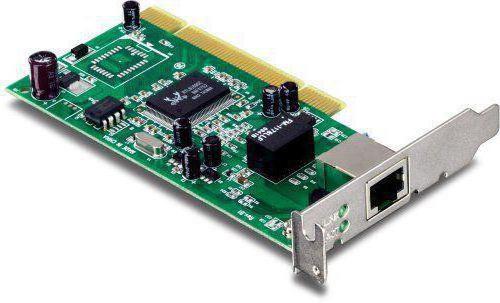 Also network adapters when working with the necessary
Also network adapters when working with the necessary 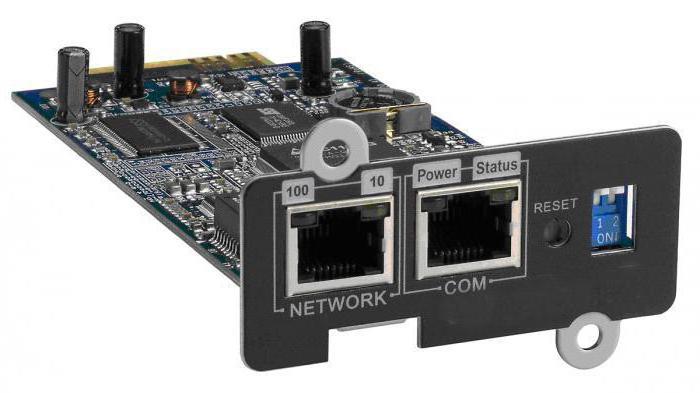 The base address in this case is a hexadecimal number that indicates where the information is located.
The base address in this case is a hexadecimal number that indicates where the information is located.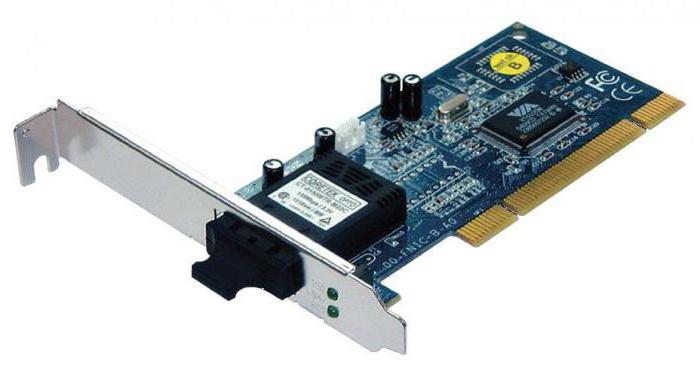 For example, Ethernet works with:
For example, Ethernet works with: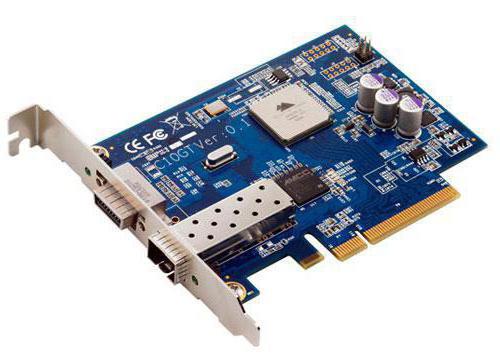 This is not least due to its functionality (the ability to connect several computers and create
This is not least due to its functionality (the ability to connect several computers and create 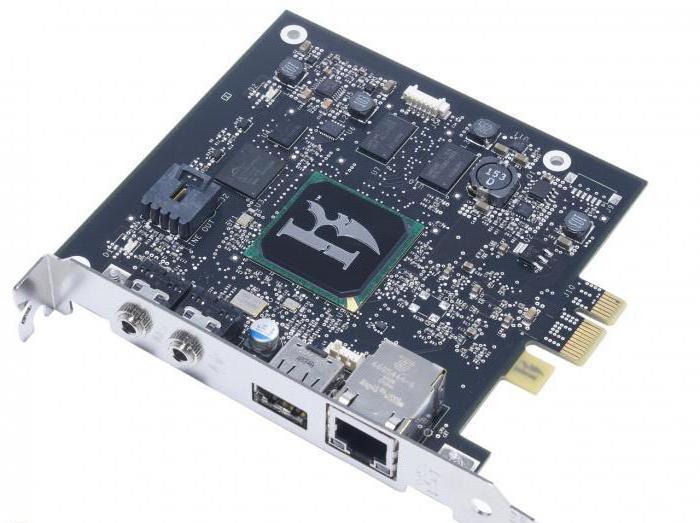 We also looked at an example of creating a local network with their help. In conclusion, it is worth saying that they can be found not only on home computers or laptops, but also on the servers of providers that provide Internet access to their users. Only here they are used as a transition gateway.
We also looked at an example of creating a local network with their help. In conclusion, it is worth saying that they can be found not only on home computers or laptops, but also on the servers of providers that provide Internet access to their users. Only here they are used as a transition gateway.




